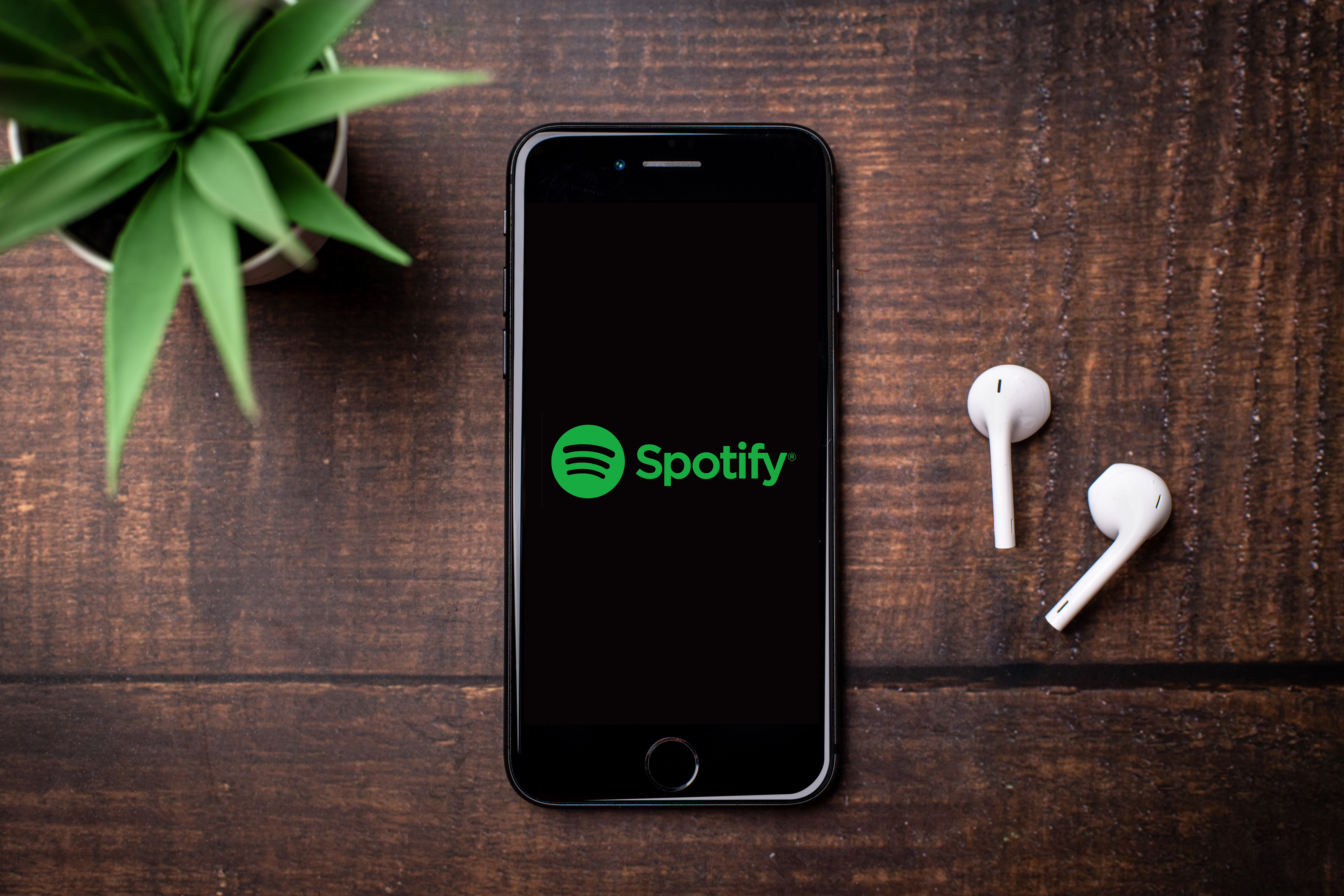Listening to music is nothing new since this is something that has spanned across decades and generations. How we consume media has drastically changed over these times, however, and certain brands have made a statement with their innovative ideas. In particular, Spotify has altered the music industry in its own way and paved the way for similar platforms.
Founded in 2006 but first launched in 2008, Spotify paved the way for subscription-based music service with a wide variety of music, audiobooks, podcasts, and other selections with the option to go premium for ad-free content. Now, it’s the world’s most popular audio streaming service.
How has it disrupted the market in a creative and groundbreaking way? Let’s find out!
Changing the Music Industry
Before Spotify, the best (and usually, only) way to listen to music on-demand was by purchasing songs or albums. Whether that was walking into a music store or buying digital files through iTunes, there weren’t many other options. Platforms like Pandora did offer some choice for free music, yet the stations chose the music for you based on your tastes rather than allowing free rein.
That’s where Spotify came in and asked the question, “What if you can choose, without committing to buying an entire album?” As the first major audio streaming platform with the option to save your favorite artists, create your own playlists, and even recommend music based on your listening history.
The subscription offered an ad-free version, as well, for those consumers who wanted nonstop music and audio files. Eventually, the brand branched out to include comedy specials, podcasts, and other audio features for its millions of subscribers who were no longer interested in “owning” their music.
Securing Artist Loyalty
Illegal downloads were once costing artists their due, and Spotify helped to not only secure legal listening but royalties for their music being played on the platform as well. This helped many artists decide on making the transition to this app since it could increase their reach in a way that would continue making them money for their music.
Spotify has even branched out to include premium-exclusive content, encouraging both consumers and artists to cash in on these opportunities. Spotify for Artists is another way they’ve tried to secure artist loyalty, creating a space for artists to discover their stats on the app, such as how they’re being found on Spotify.
This type of service provides instrumental feedback to the artists and labels, and it builds trust with the brand as well since it feeds this crucial data right back to marketers who can use it to their advantage. This mutually beneficial cycle keeps artists working with Spotify, as the platform continues trying to find innovative ways to market itself to consumers and artists for growth.
Algorithmic Music: Personalized for the Consumer
One of the pitfalls of Spotify’s major competitor, Pandora, was how music wasn’t necessarily tailored to the consumer. Pandora’s stations were on more of a rotation of recommended music, with an option to only skip so many songs in an hour. By focusing on what the consumer truly wants, Spotify was able to create a brand catered to its audience and propel itself into the mainstream as a result.
Plus, the platform’s options to share on social media what you’re listening to, customize playlists with your favorite songs, and even listen to stations based on your preferences made it an experience rather than just a listening app.
Marketing Spotify to the Masses
As a freemium service (basic features being accessible for free with paid subscriptions offering more) Spotify has made itself available to anyone and everyone across the globe. The company’s marketing campaigns have included social media marketing, with some word-of-mouth from its sharing features, and the yearly recaps of people’s listening history that has garnered a wide reach each December. This type of marketing sells itself, making it cost-effective and low-effort on their marketing side.
Their reliance on pop culture moments, memes, and user content has made them a highly-personalized platform whose marketing focus is much like their music platform: for the consumer. Because of this, Spotify has secured itself as a brand that artists and their fans alike can trust, and with the new features and content being produced, there’s always something to keep listeners coming back.
Final Takeaway
In summary, Spotify took a need from the consumer and not only solved it but has found ways over the years to become even more user-friendly and experience-focused for its audience, creating a platform with global reach and significance.
Are you ready to develop your own disruptive strategy that will shake up your industry? Schedule a consultation with Mavericks Marketing today!



